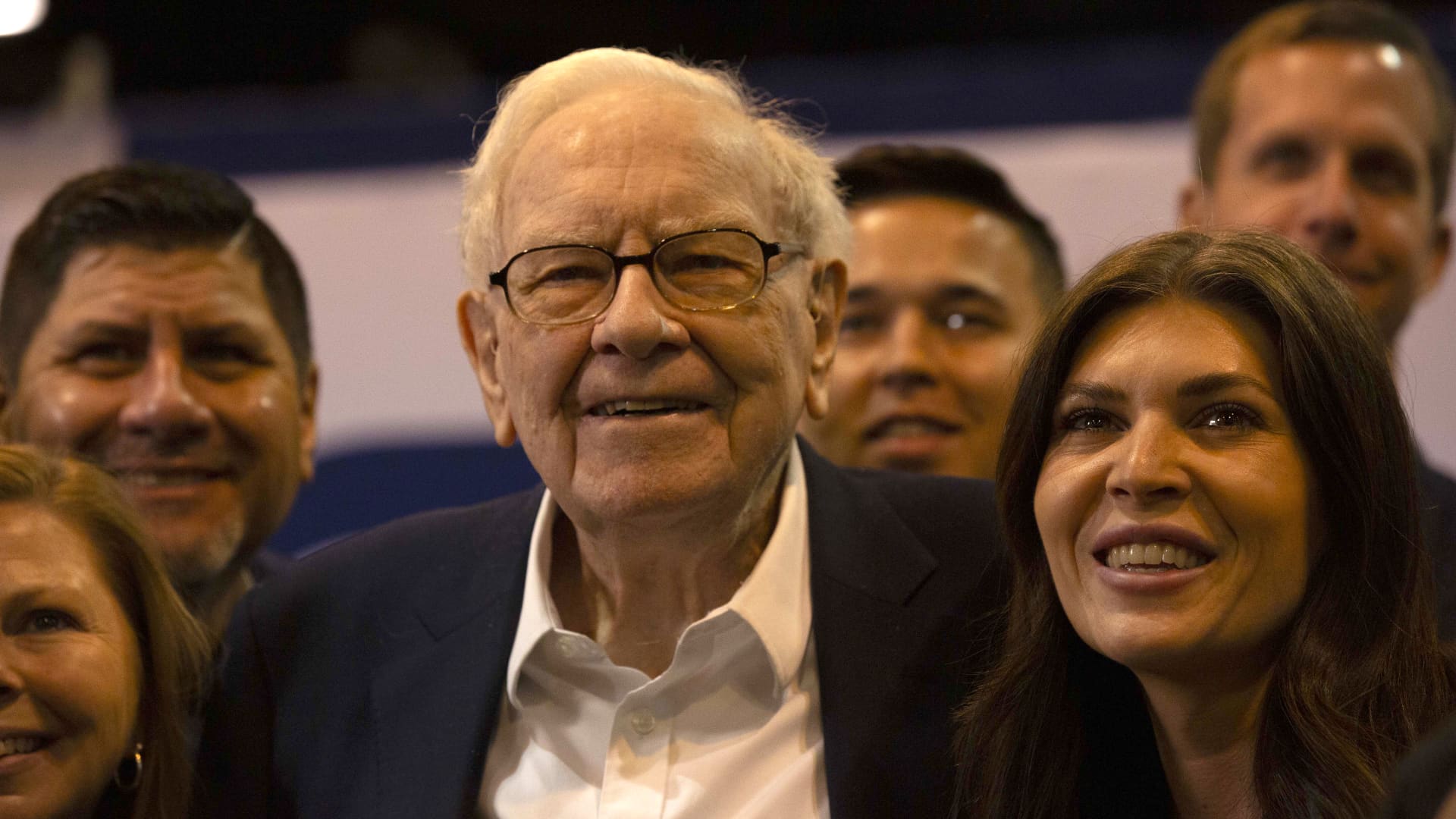$1 Billion on the Line. Elon Musk Is All In.


Elon Musk just executed the largest insider purchase of his career: a jaw-dropping $1 billion buy of Tesla (TSLA) stock.
Sure, he’s worth nearly $480 billion as of September 2025 (according to Bloomberg’s Billionaires Index). But no matter how wealthy you are, a billion dollars is not mere pocket change.
Musk – a man with plenty of other places to park his money – has doubled down on Tesla’s future in a way he’s never done before. And it comes at a time when most investors are severely doubting him.
Sound familiar?
If you’ve followed Musk’s career for any amount of time, you know that cynics are his greatest fuel. And history shows that when Wall Street doubts him, it ends the same way: Musk proves them wrong, Tesla stock goes vertical, and those who ignored the noise are rewarded with life-changing gains.
The Musk Playbook: Doubt → Vindication → Stock Surge
Let’s take a short walk down memory lane to highlight just what we’re talking about.
Back in the early 2010s, Tesla was the laughingstock of the automotive world. Analysts saw it as a cash-burning science project in an industry notorious for razor-thin margins. Most thought Tesla could never turn a profit selling electric cars.
Then came Q1 2013. Musk delivered Tesla’s first quarterly profit. Skeptics were stunned. And Tesla stock climbed more than 600%, from about $2.50 in January 2013 to $17.50-plus by August 2014.
Despite that run, many still thought Tesla could never scale a mass-market EV. They saw the Model 3 as too complex and capital-intensive.
Yet, by 2019, Tesla had broken through ‘production hell.’ And between mid-2019 and late 2021, Tesla shares skyrocketed more than 3,300%.

The pattern is clear: doubt → vindication → stock surge.
And we think we’re at the start of the next cycle.
Today’s Skepticism Surrounds Full Self-Driving and Humanoid Robots
Right now, the doubt surrounding Musk centers on autonomous vehicles and humanoid robots.
Skeptics call full self-driving a pipe dream, doomed by regulatory hurdles and safety concerns. They dismiss Optimus – Tesla’s humanoid robot – as a flashy prototype with no real commercial path.
But critics made the same calls in 2013 and 2019.
Tesla is actually closer than ever to full autonomy. In Q2 2025, Tesla’s Full Self-Driving (FSD) system accumulated roughly 1.6 billion miles in just three months – averaging 8 million miles per day. And the company reported one crash for every 6.69 million miles driven with Autopilot engaged, compared to about one crash every 702,000 miles for average U.S. driving (Tesla Vehicle Safety Report, Q2 2025).
No other automaker comes close. For example, Waymo and Cruise have logged tens of millions of miles – but Tesla’s advantage is measured in the billions. If AI is a game of data scale, Tesla is ahead by orders of magnitude.
And as for Optimus, Tesla is using the same playbook as it did for its EVs: prototype → rapid iteration → vertical integration → manufacturing scale.
Morgan Stanley (MS) estimates humanoid robots could become a $5 trillion annual revenue industry by 2050, with up to a billion units deployed globally. And Tesla intends to be one of the first movers.
Why Musk’s $1 Billion Tesla Buy Is the Biggest Tell Yet
Insider buys matter: they tell you when management is confident enough to put real money on the line.
Musk has never bought this much Tesla stock before – not when the company first became profitable; not when it cracked Model 3 production; not even during Tesla’s meteoric run in 2020 and ’21.
So… why now?
Because Musk knows Tesla is standing on the threshold of its next great transformation. The EV growth story was Act One. Act Two is centered on autonomous vehicles and robots. And the potential therein is even bigger.
According to Meticulous Research, the global robotaxi market, worth $2.3 billion in 2024, could swell to $1.49 trillion by 2035 – compounding at more than 80% annually.
Humanoid robots are smaller today – about a $1.55 billion market in 2024, according to Grand View Research. But long-term forecasts are massive. Analysts see it as a $4- to $15 billion market by 2030, with Morgan Stanley projecting up to $5 trillion in annual revenue by 2050.
And Tesla is uniquely positioned for that boom: it owns the hardware, the software, the data, and the factories. If Musk succeeds, Tesla could evolve into the backbone of a ‘Physical AI’ revolution – bringing artificial intelligence out of the cloud and into cars, homes, warehouses, and factories around the world.
When Musk writes a $1 billion check to back that future, you should pay attention.
A Stock on the Verge of Its Next Vertical Run
Tesla stock has been consolidating for years. After peaking in 2021, it’s spent much of its time in a choppy sideways range as the market tried to digest past gains and figure out what’s next.
But digestion periods don’t last forever. With Musk’s record insider buy as a catalyst, investors are waking up to Tesla’s Act Two.
If history rhymes – 2013, 2019, and now – the next breakout could be near.
We already have the roadmap for what happens next:
- 2013: Tesla proves it can be profitable → stock rises 750%-plus.
- 2019: Tesla proves it can scale mass-market EVs → stock soars more than 3,300%.
- 2026-plus: Tesla proves it can deliver an autonomous future → stock embarks on its next historic run.
Right now, TSLA is in the ‘pre-proof’ stage – like 2012 or 2018. Skeptics are smug. But Musk just made his largest insider bet yet.
History suggests what comes next.
And we have our sights set on a small firm that’s mission-critical to Tesla’s robotics supply chain – making it poised to soar, perhaps substantially more, than TSLA does during its next vertical run.
Learn its name to reap those rewards.









